Indochina, Chinese Calligraphy Postage Due Stamps, 1931, Michel Nr. P57-74; Eighteen postage du stamps were issued in nominals of 1/5C, 2/5C, 4/5C, 1C, 2C, 2.5C, 3C. 4C, 5C, 6C, 10C, 12C, 14C, 18C, 20C, 50C and 1P (2) and in perforation 13.5:13.
Here is the m.n.h partial set.
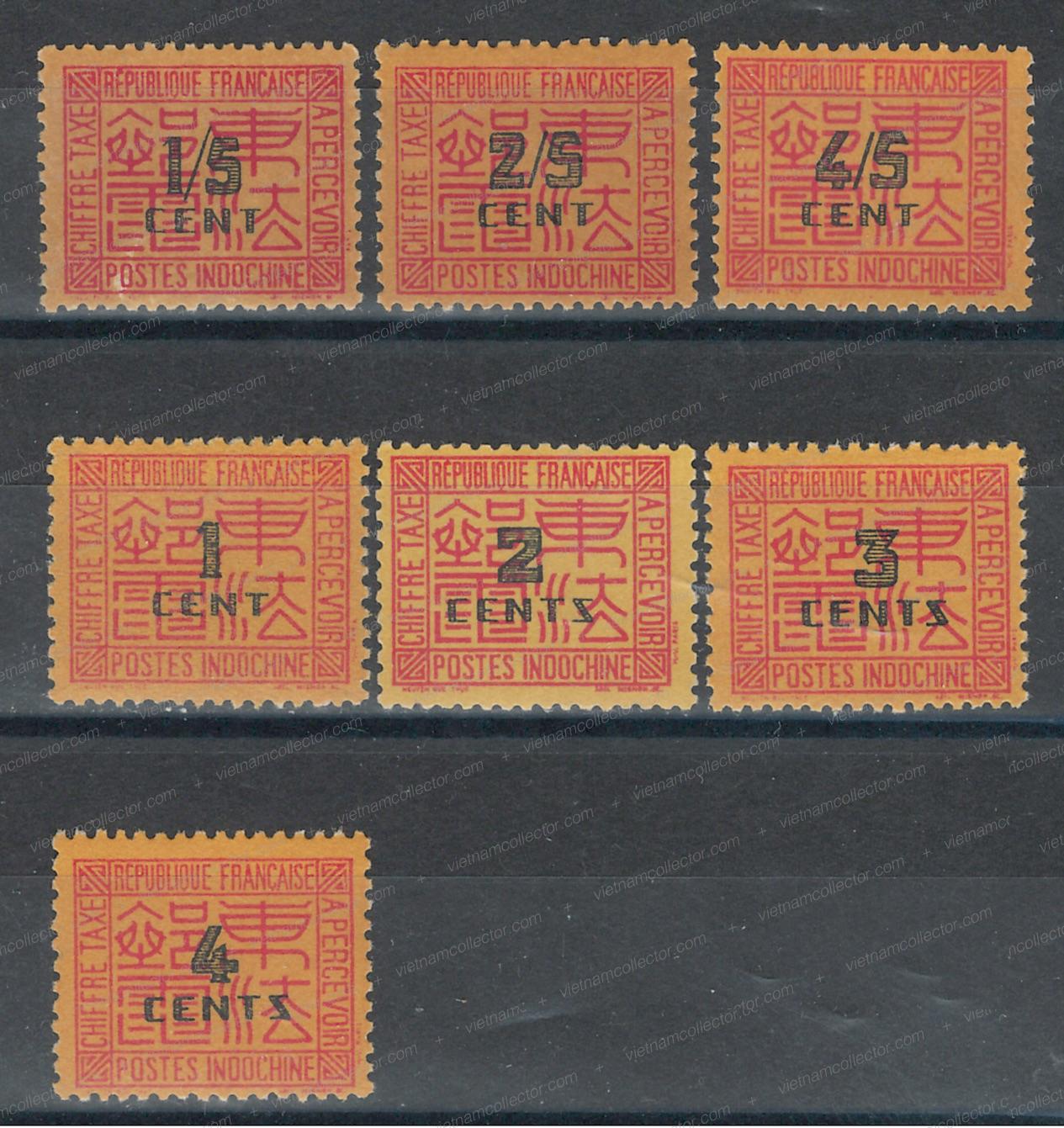
Large part of the sheet of the 1C stamp canceled to order in Saigon.
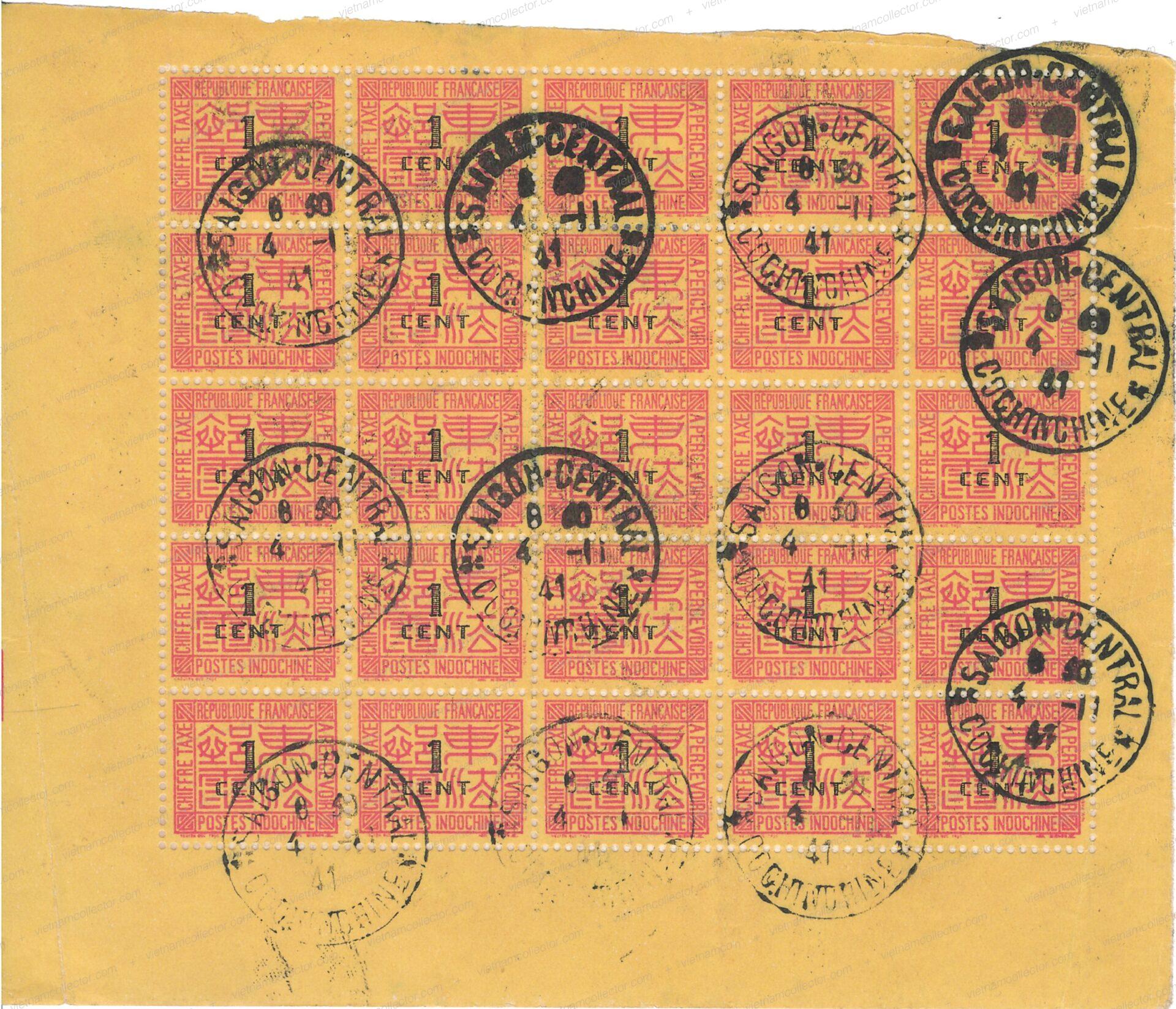
Cancelled 5C and 10C stamps
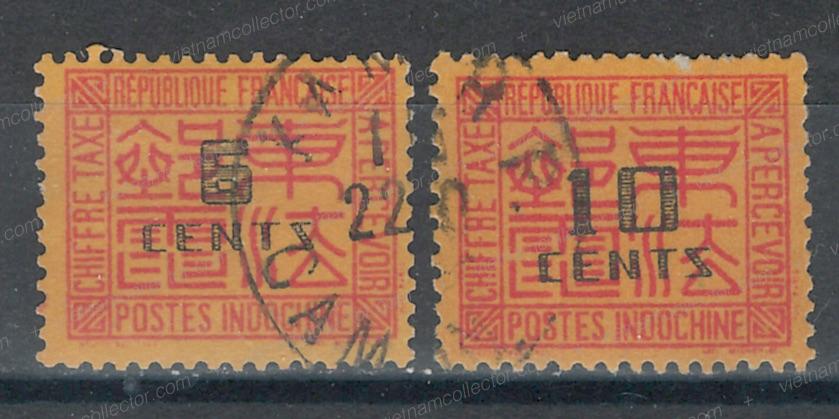
Domestic letter sent in September of 1940 from Saigon to Phnom Penh in Cambodia. The letter was judged to be deficient by 3C in postage and as a result a red manuscript note was added “T006” indicating that 3C postage and 3C penalty were due upon delivery. Two 3C Chinese Calligraphy postage due stamps were added to the front and cancelled with the Phnom Penh circular date cancel.
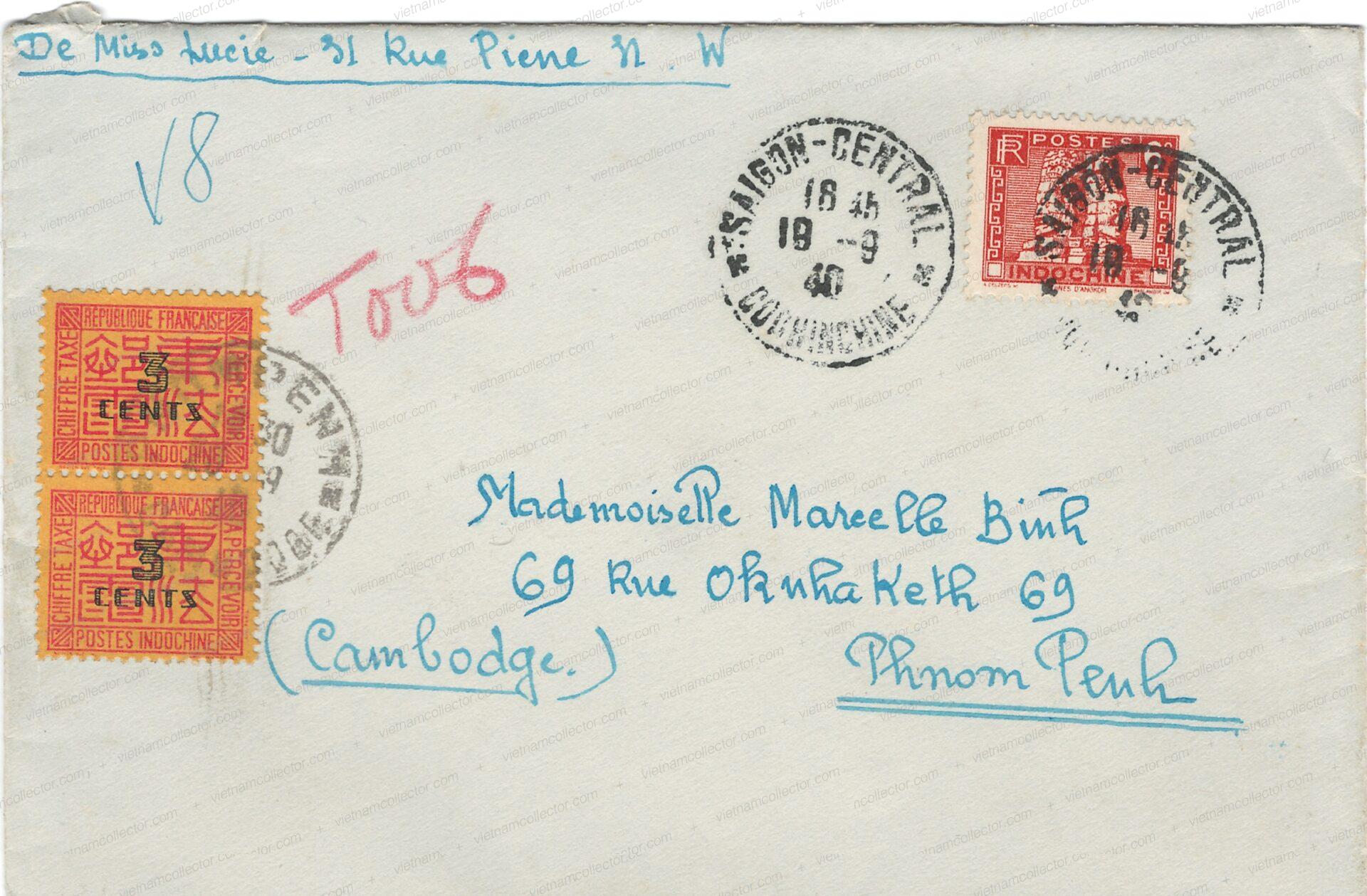
From the same correspondence. Domestic letter sent in January of 1941 from Saigon to Phnom Penh in Cambodia. The letter was judged to be deficient by 3C in postage and as a result a blue manuscript note was added “T006” indicating that 3C postage and 3C penalty were due upon delivery. Two 3C Chinese Calligraphy postage due stamps were added on the reverse and cancelled with the Phnom Penh circular date cancel.
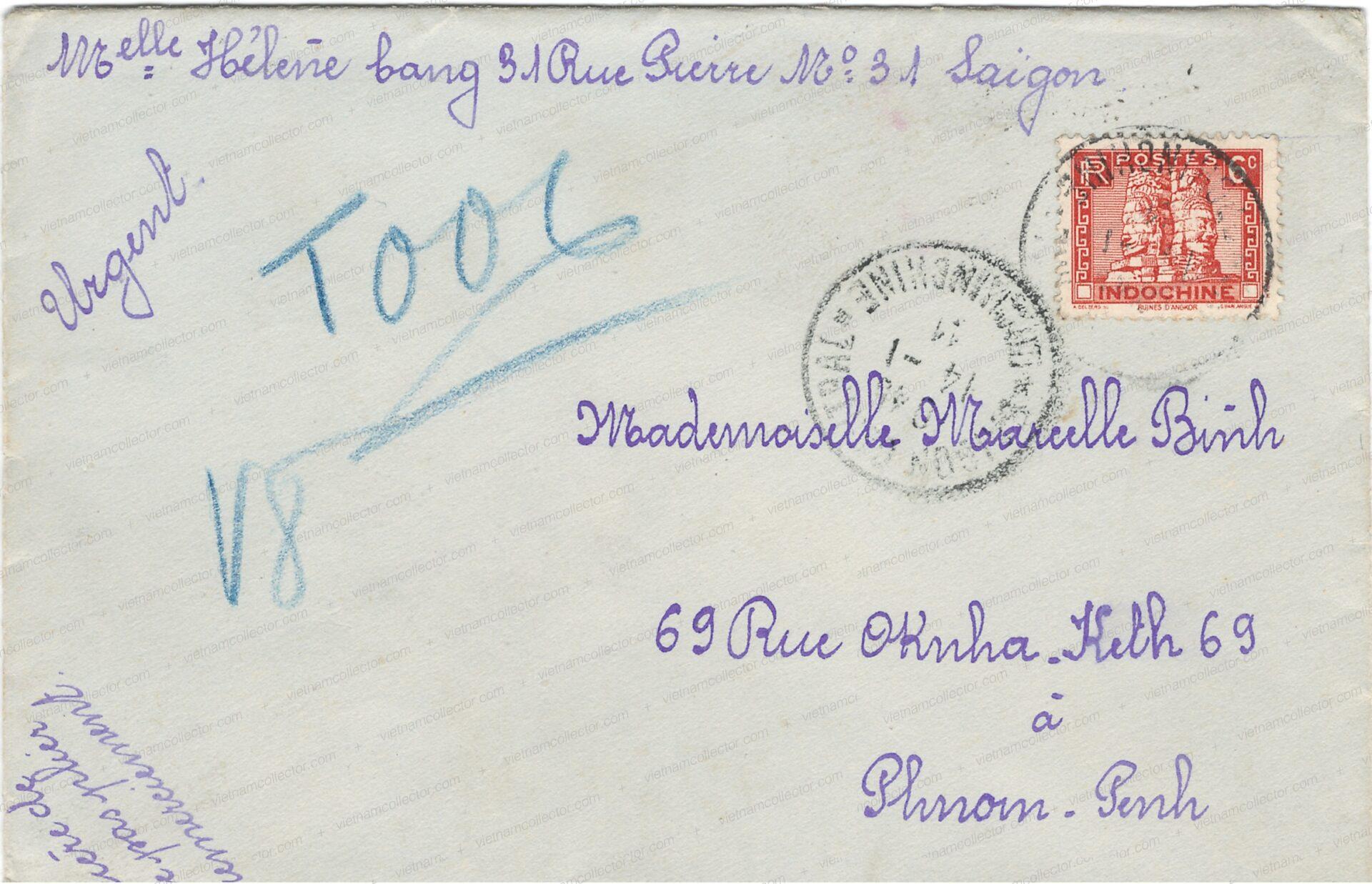
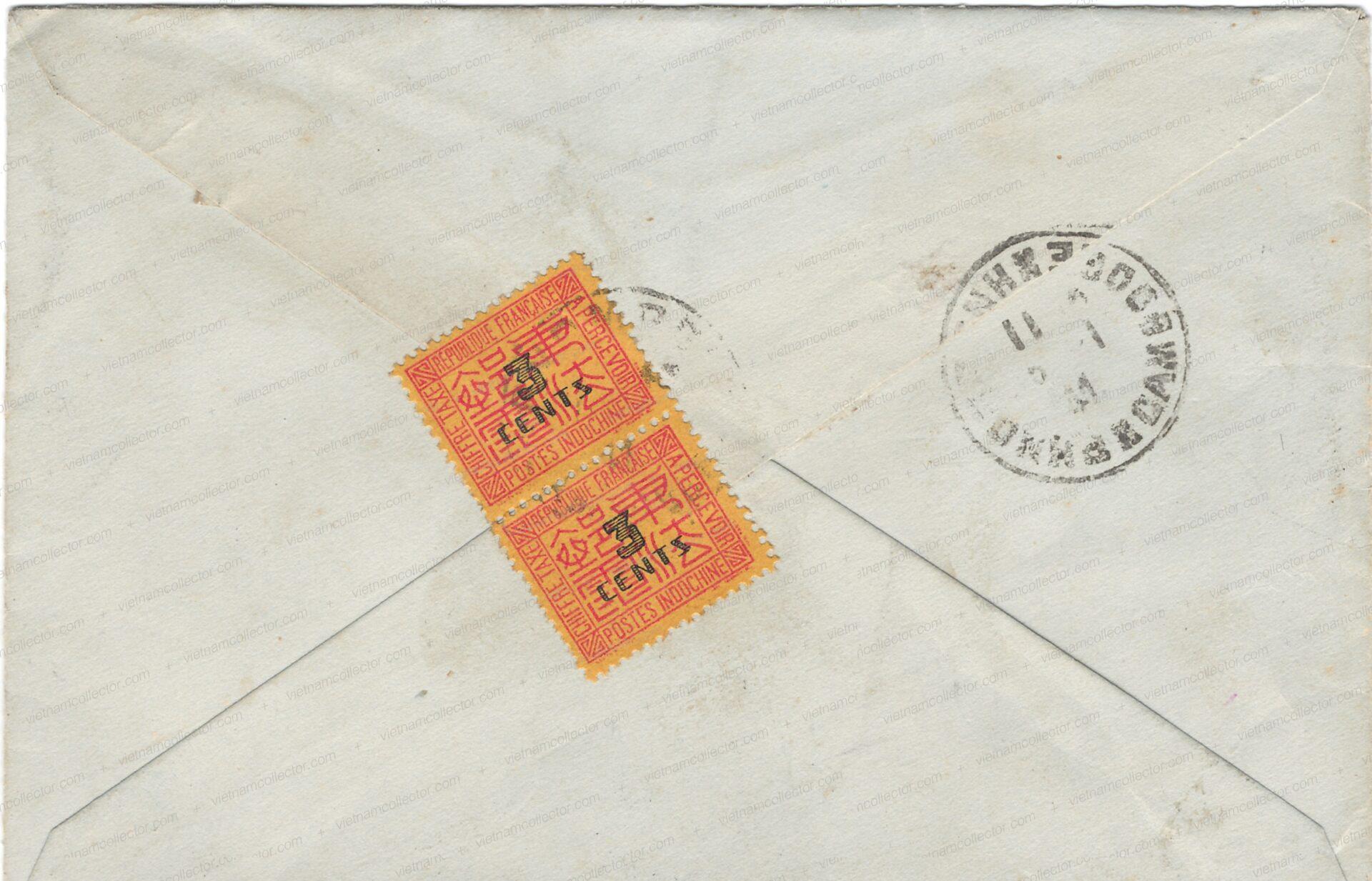
In the pre-jet mid 20th Century it was still common for travelers to spend weeks or even months on a trip. A postal service called “Poste Restante” allowed such travelers to have mail delivered to the central post office were it would be held for them until they picked it up by showing identification. For this service a fee was charged. Here is a death notice sent from France to Hanoi in October of 1937. The letter was held at the Hanoi post office and when the recipient picked it up a 4C postage due stamp was added to pay for the service. Note that the envelope does not carry any postage due remarks. Very rare usage of a postage due stamp.
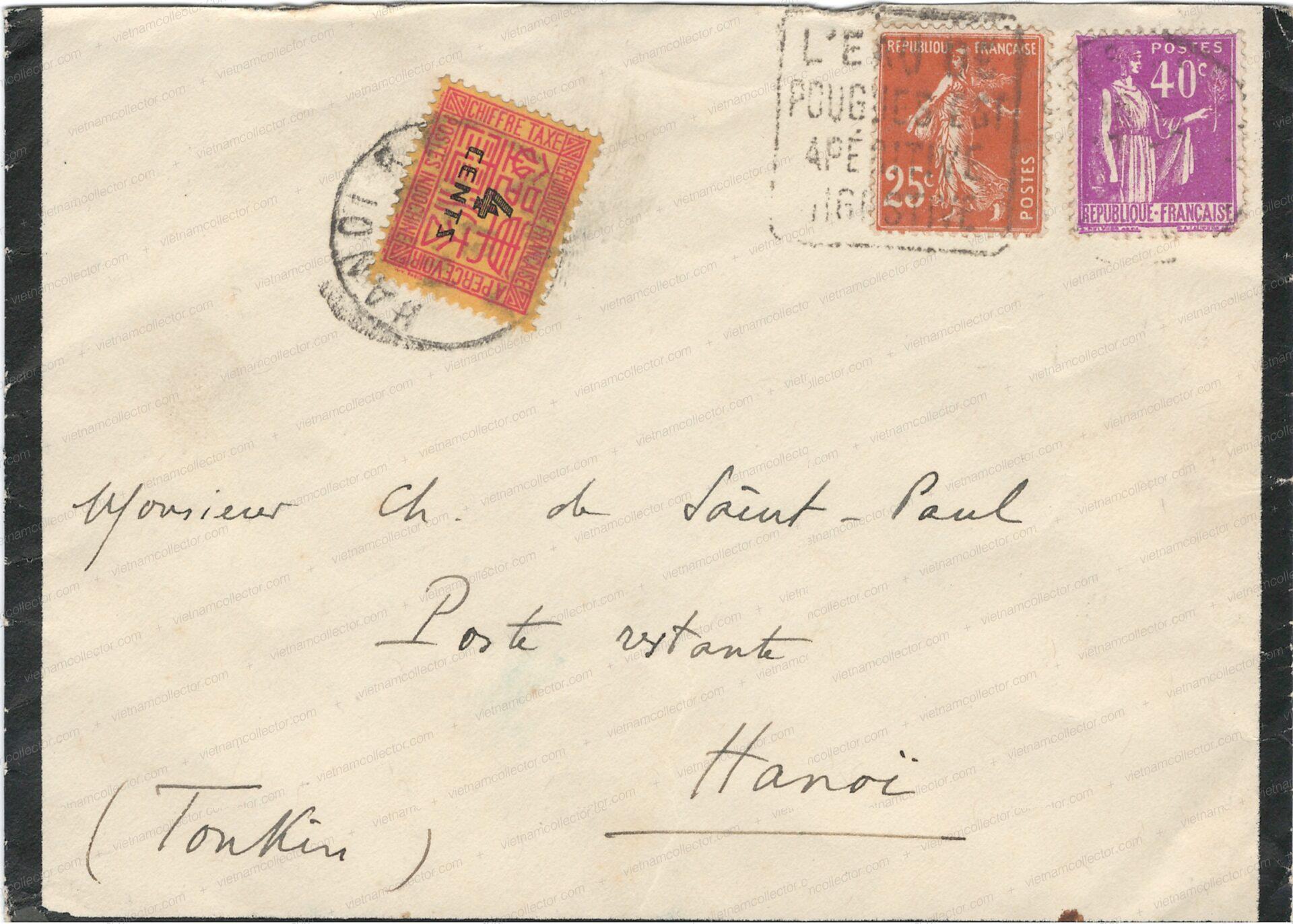
International letter sent from India to Mytho in May of 1935. While the letter was franked with 2 Annas this postage was judged to be deficient and as a result a “T” in a circle hand stamp was added on front indicating that additional postage was due upon delivery. Upon arrival in Mytho the 2C (2), 4C and 6C postal due stamps were added charging 7C additional postage and 7C penalty for a total of 14C overall.
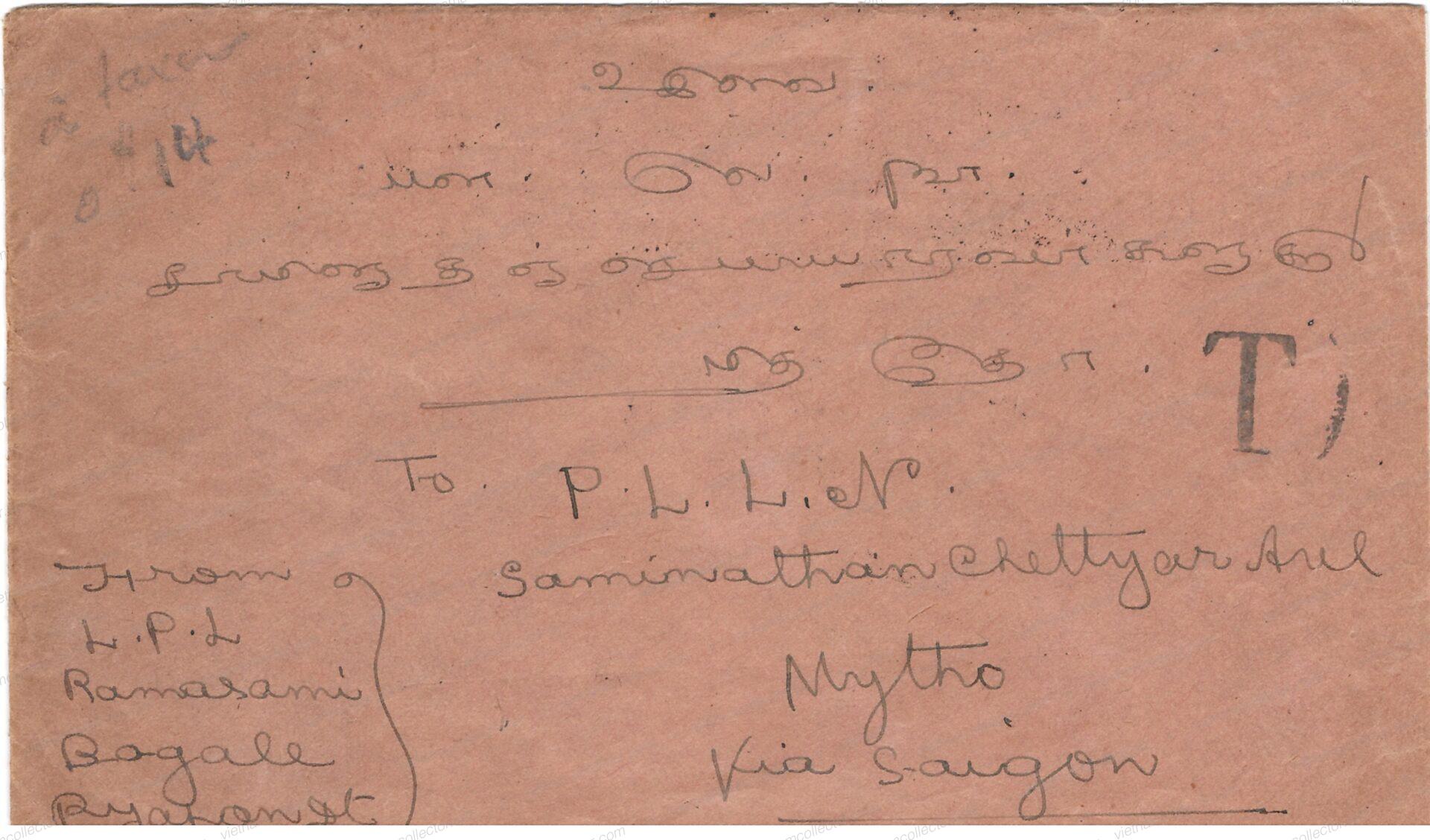

International letter sent from Kottaiyur in India to Mytho in May of 1935.The letter was not franked and as a result a “T/50” in a circle hand stamp was added on front in India indicating that additional postage was due upon delivery. Upon arrival in Saigon a manuscript “T” in blue was added in front. Three 12C postal due stamps were added charging 18C additional postage and 18C penalty for a total of 36C overall.
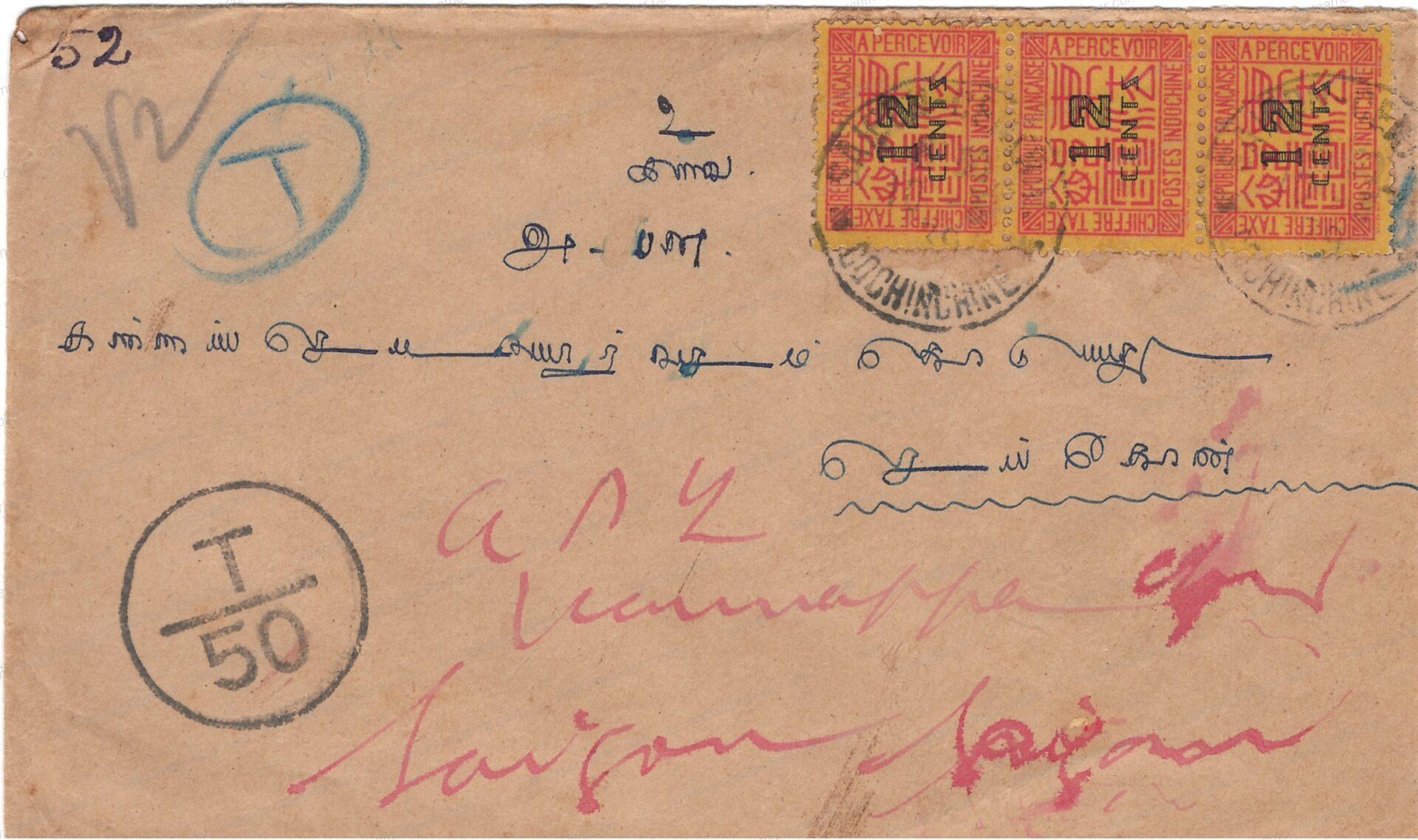
In the pre-jet mid 20th Century it was still common for travelers to spend weeks or even months on a trip. A postal service called “Poste Restante” allowed such travelers to have mail delivered to the central post office were it would be held for them until they picked it up by showing identification. For this service a fee was charged. Here is an air mail letter (full contents preserved) sent from Egypt to Hanoi in October of 1937. The letter was held at the Hanoi post office and when the recipient picked it up three 20C postage due stamp were added to pay for the service. Note that the envelope does not carry any postage due remarks. Very rare usage of a postage due stamp.
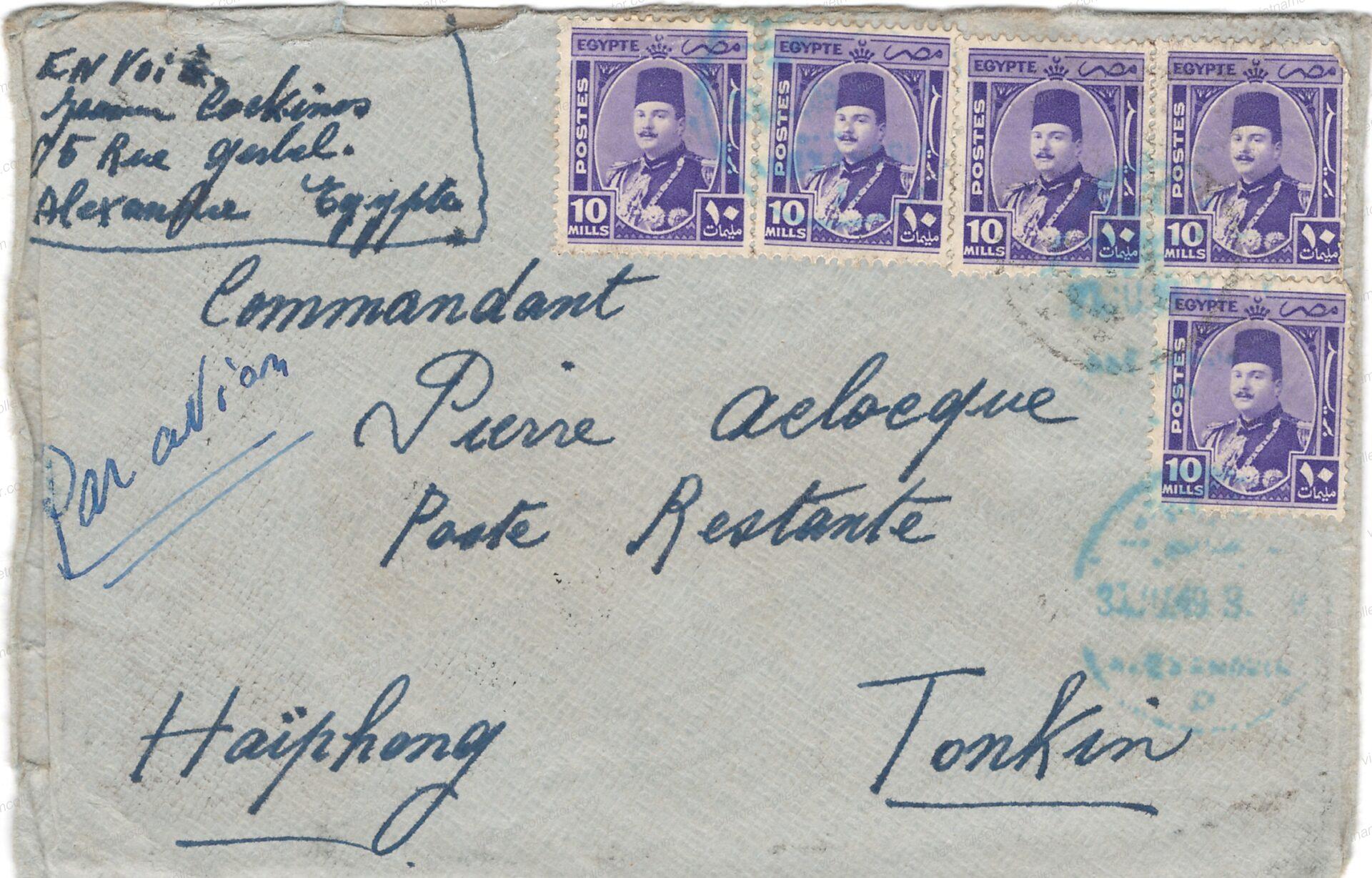
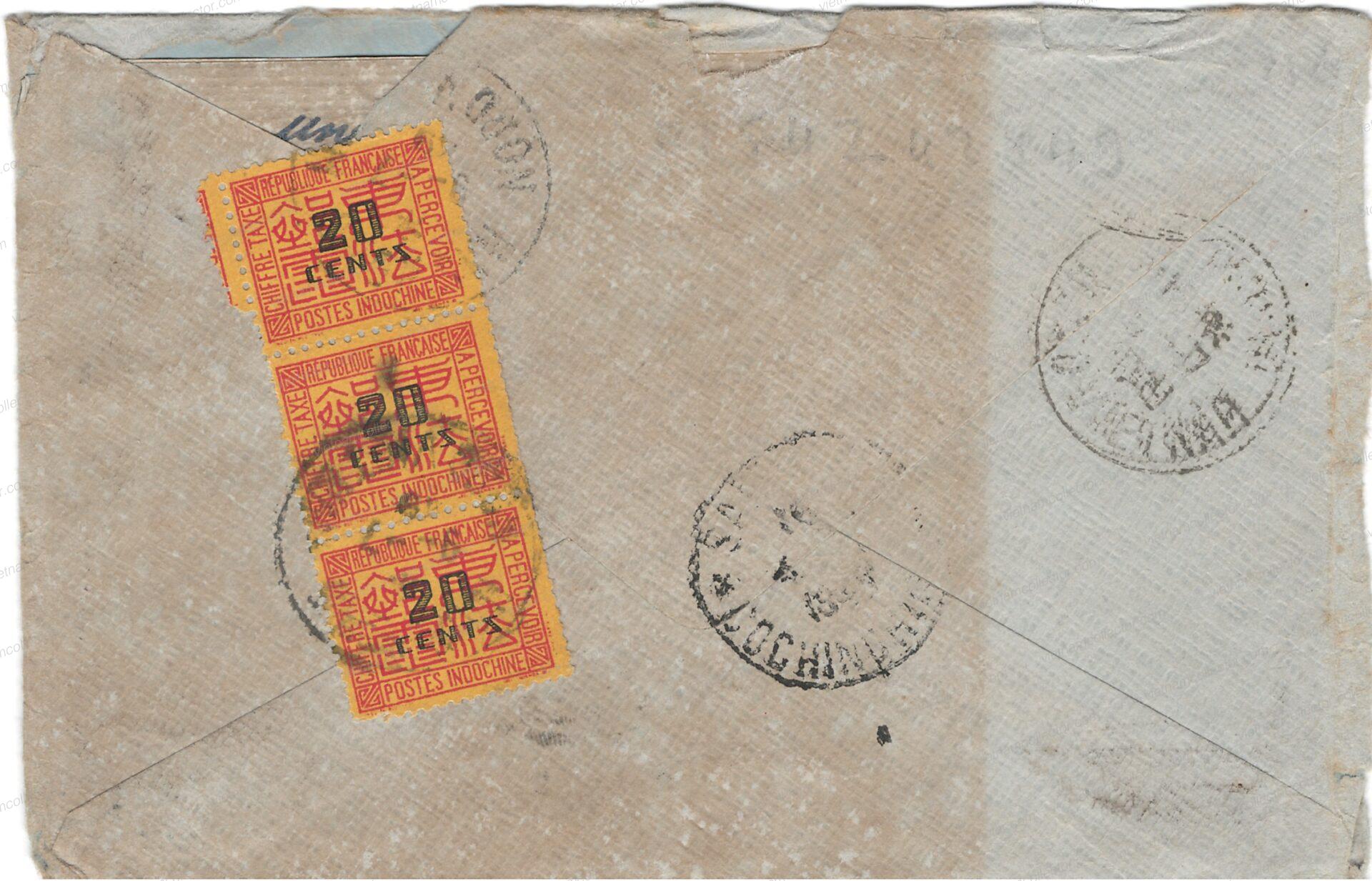
In the pre-jet mid 20th Century it was still common for travelers to spend weeks or even months on a trip. A postal service called “Poste Restante” allowed such travelers to have mail delivered to the central post office were it would be held for them until they picked it up by showing identification. For this service a fee was charged. Here is an air mail letter mailed inside Hanoi in June of 1951. The letter was held at the Hanoi post office and when the recipient picked it up three 20C postage due stamp were added to pay for the service. Note that the envelope does not carry any postage due remarks. Very rare usage of a postage due stamp.
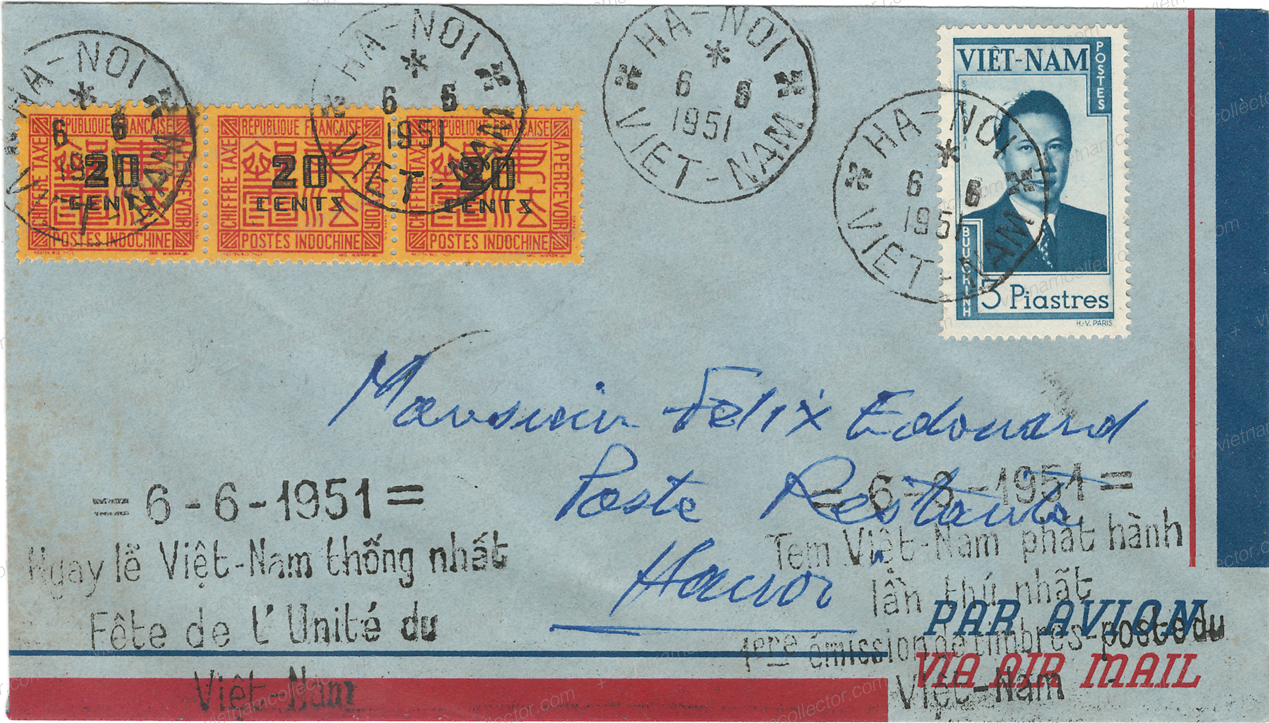
Registration Nr. 090690

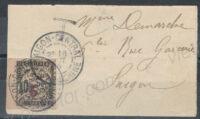
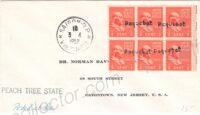
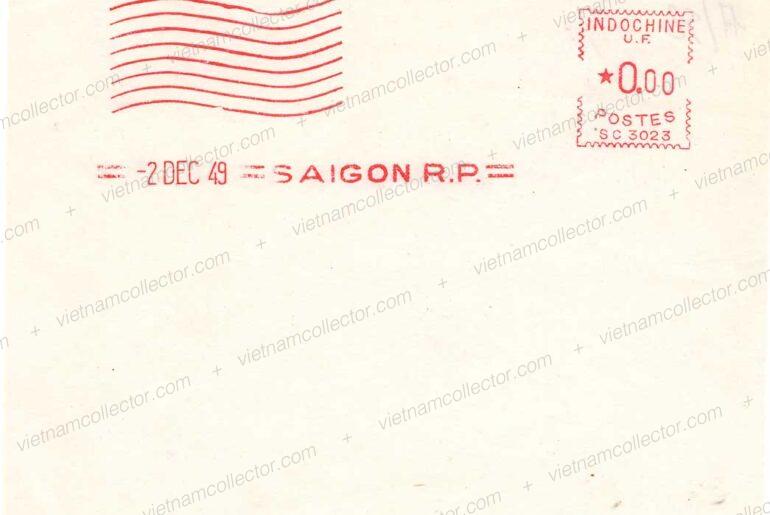
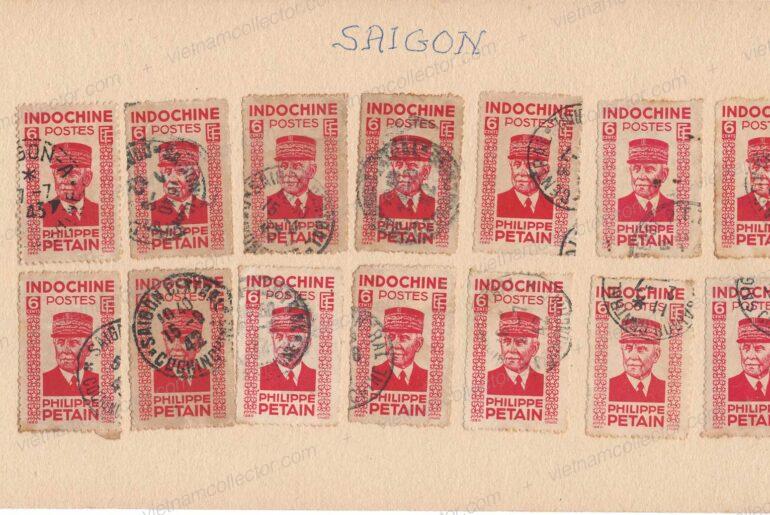
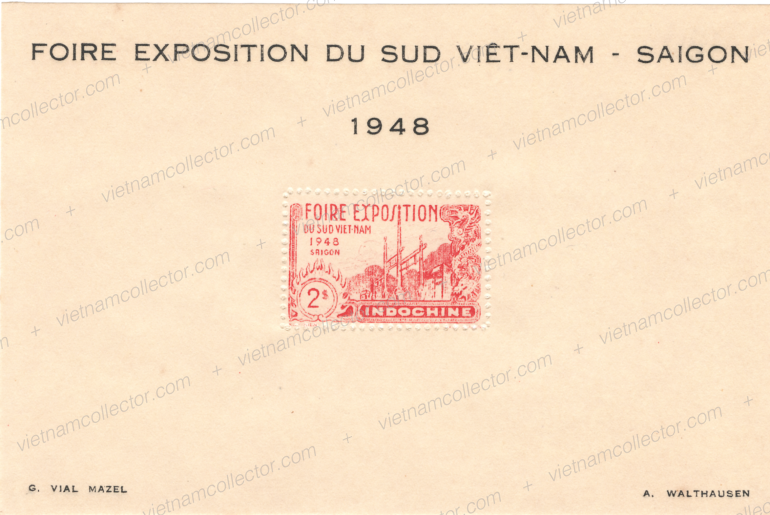
Comments are closed.